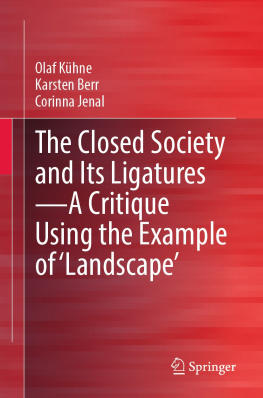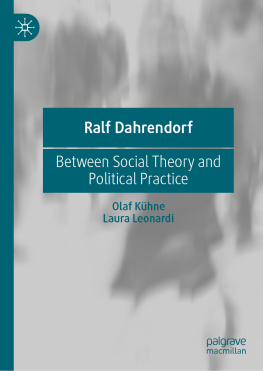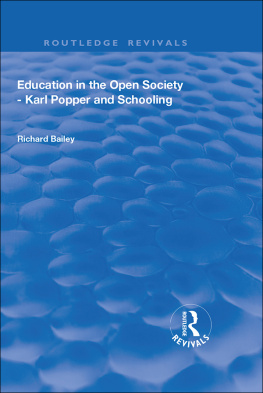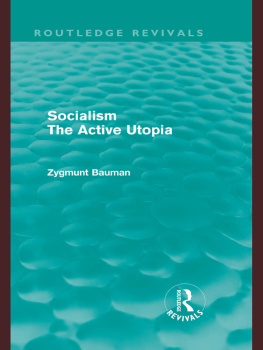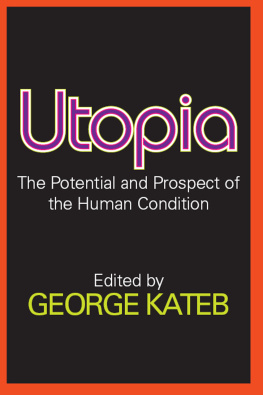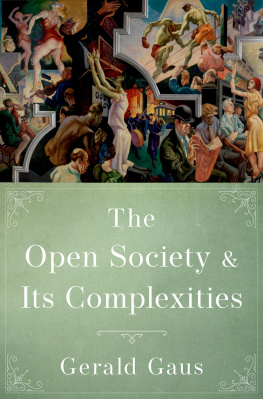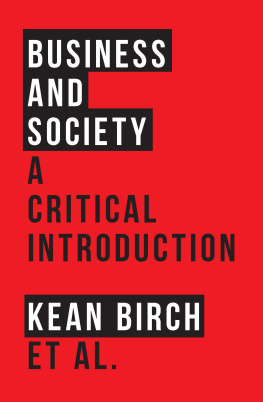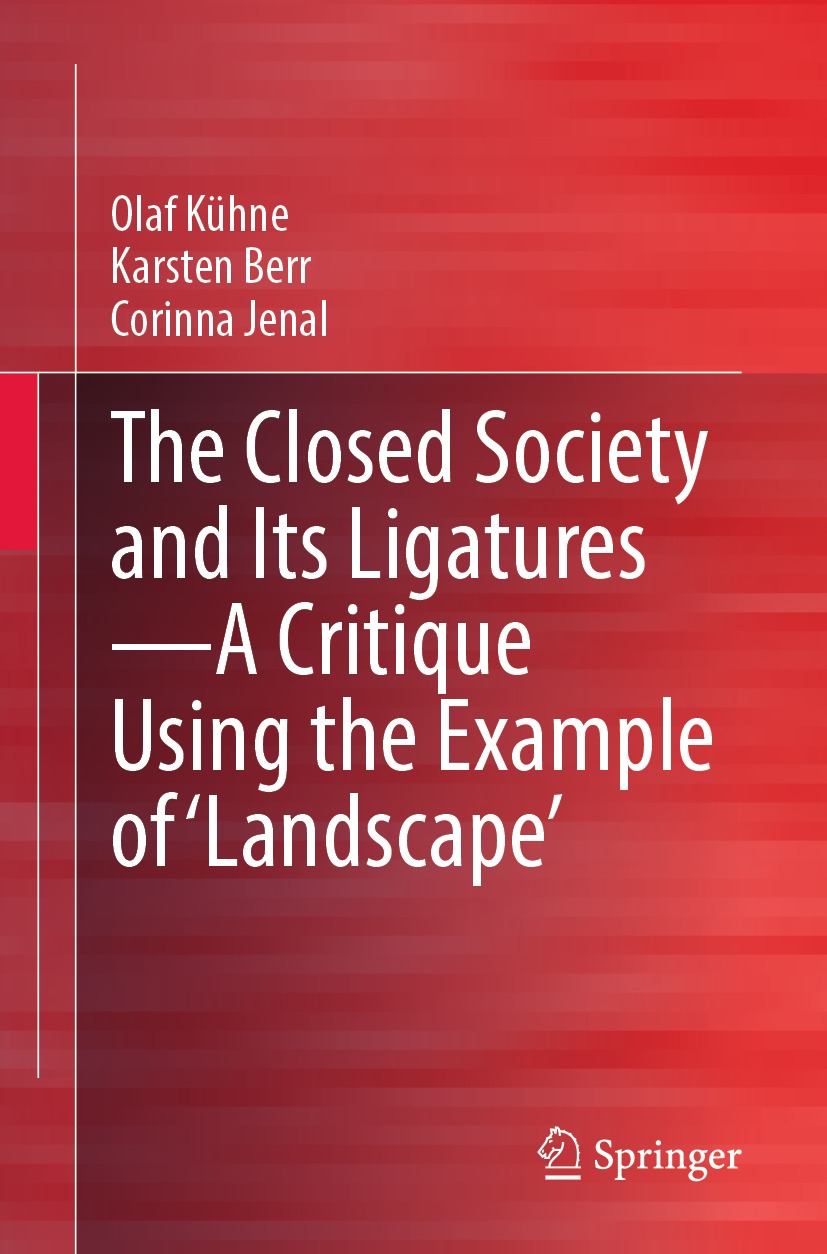Olaf Khne , Karsten Berr and Corinna Jenal
The Closed Society and Its LigaturesA Critique Using the Example of Landscape

Logo of the publisher
Olaf Khne
Universitt Tbingen, Tbingen, Germany
Karsten Berr
Universitt Tbingen, Tbingen, Germany
Corinna Jenal
Universitt Tbingen, Tbingen, Germany
ISBN 978-3-658-40112-2 e-ISBN 978-3-658-40113-9
https://doi.org/10.1007/978-3-658-40113-9
The Editor(s) (if applicable) and The Author(s), under exclusive license to Springer Fachmedien Wiesbaden GmbH, part of Springer Nature 2023
This work is subject to copyright. All rights are solely and exclusively licensed by the Publisher, whether the whole or part of the material is concerned, specifically the rights of translation, reprinting, reuse of illustrations, recitation, broadcasting, reproduction on microfilms or in any other physical way, and transmission or information storage and retrieval, electronic adaptation, computer software, or by similar or dissimilar methodology now known or hereafter developed.
The use of general descriptive names, registered names, trademarks, service marks, etc. in this publication does not imply, even in the absence of a specific statement, that such names are exempt from the relevant protective laws and regulations and therefore free for general use.
The publisher, the authors, and the editors are safe to assume that the advice and information in this book are believed to be true and accurate at the date of publication. Neither the publisher nor the authors or the editors give a warranty, expressed or implied, with respect to the material contained herein or for any errors or omissions that may have been made. The publisher remains neutral with regard to jurisdictional claims in published maps and institutional affiliations.
This Springer imprint is published by the registered company Springer Fachmedien Wiesbaden GmbH, part of Springer Nature.
The registered company address is: Abraham-Lincoln-Str. 46, 65189 Wiesbaden, Germany
Contents
The Author(s), under exclusive license to Springer Fachmedien Wiesbaden GmbH, part of Springer Nature 2023
O. Khne et al. The Closed Society and Its LigaturesA Critique Using the Example of 'Landscape' https://doi.org/10.1007/978-3-658-40113-9_1
1. Introduction
Olaf Khne
(1)
Universitt Tbingen, Tbingen, Germany
Olaf Khne (Corresponding author)
Email:
With the definition of the Anthropocene (Crutzen 2006), which at the same time refers to the temporal limitedness of human activities in Earths history (Reuter 2020), an hardly reversible influence of humans on the development of Earth is being related. This concerns the imprinting of the Earths surface for settlements and infrastructures, the cultivation of agricultural products, the extraction of raw materials as well as the decline of animal and plant species, but also the enrichment of the Earths atmosphere with substances that modify the climate. Although there are also successes of environmental policy in terms of the decline of gases that damage the stratospheric ozone layer, or alsoat least in parts of the worldthe decline of atmospheric pollution with classical air pollutants, such as sulphur dioxide or carbon monoxide, these developments are in view of these developments in connection with a often understood as unjust distribution of economic (but also social and cultural) capital (in the sense of Bourdieu (2005 [1983]), the hoped-for end of history (Fukuyama 2000), which has arisen as a result of the overcoming of system contradictions, has given way to a revival of utopian thinking. This way of thinking is characterized by contrasting a present, which is rated as bad (rarely including the past), and whichif an justification of the rating is addedis characterized by numerous undesirable side effects (for the environment, other people, etc.), with an idealized future in which the conflicts of the present (partly from the past) are completely overcome (in this sense already early: Dahrendorf 1968). Utopias thus have a comprehensive and perfectionist overcoming of current problems in mindas Karl Popper (Popper 1992a, b) has shownwhich leads to what he called the Closed Societies, in which the openness of thought, action and testing of new ideas is restricted, attacked and ultimately destroyed.
In the context of these critical considerations of utopian thinking, Karl Popper (1963, 1992b), like Max Weber (2010 [1904/1905]) and later Peter Berger (2017 [1963]), understands the essential task of the social sciences in general and sociology in particular to be the investigation of unintended consequences of human action. Or, as Poppers student Ralf Dahrendorf put it, to practice social science in a critical distance from the self-evidences of ones own society (Dahrendorf 1968, p. 63). The fact that these self-evidences are divided into sub-social self-evidences in a differentiated and pluralized society also makes a differentiated investigation of these discursive units necessary.
The demand to make unintended consequences the subject of a critical engagement with world views tending towards closure also rests on the everyday-world-known insight that the opposite of good is not evil, but well-intentioned. This means that an action taken with good intentions can also unintentionally lead to bad (or evil) consequences and side effects. Following this basic idea and Poppers approach, we examine how landscapes are not only the consequences and more often the unintended side effects of human action and thus an expression of social conditions. In addition, we will show thatfollowing Popper (Alt 1995; Brunnhuber 2019; Popper 1992a, b)an open society is the most suitable prerequisite for producing landscapes that not only maximize individual life chances (Dahrendorf 1979), but are also their expression. Life chances arise from an ambivalent relationship of options and ligatures. We understand ligatures in the sociological tradition of Ralf Dahrendorf ( 1980a, 1994) as social bonds that can give options meaning on the one hand, but can also restrict options on the other. In the course of the following explanations, the forms and the meaning of ligatures and options will be further differentiated in order to be able to develop the difference between open and closed societies in a differentiated way. In a differentiation of the concept of ligatures by Ralf Dahrendorf, we will distinguish between moral and ethical ligatures, inner- and outer-directed as well as implicit and explicit moral ligatures. Moral ligatures relate to concrete action, ethical ligatures metastatically as forms of reflection on these moral ligatures. Moral ligatures can be inner-directed, that is, they can be based on ones own individual lifestyle, or outer-directed, based on the supra-individual sphere of groups, communities or entire societies. Moral ligatures can also be explicit by acting as explicitly set and given moral orientation instances (e.g. religious commandments, state regulations) from the outside on individual orientation, or implicitly, by the explicit ligatures mostly unconsciously being internalized affirmatively and ultimately being habitualized. With these distinctions, we distance ourselves from a philosophical understanding that describes ligatures as constellations that are sometimes deliberately and loudly called upon, but often simply remain unnoticed (Hogrebe 2022, p. 11). We contour the landscapes of the Open Society in view of these distinctions to landscapes of Non-open societies. This is done either by examining the (failed) attempts to establish utopian societies (and their landscapes), such as with Real Socialism or National Socialism, or by examining landscape-relevant aspects of utopias that have not yet been subjected to whole societies, such as with economism, environmentalism, or militant veganism.

